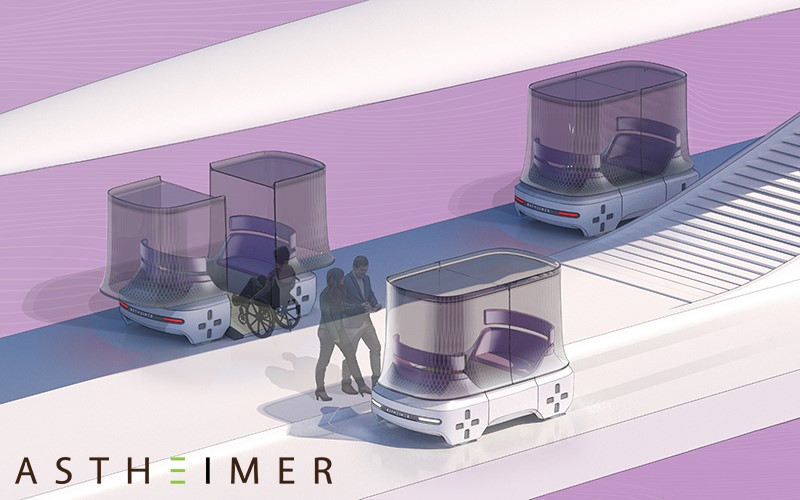
Chris Lane, Head of Transport Innovation at Transport for West Midlands
We are used to a level of connectivity and automated driving in our current vehicles e.g. advanced driver assistance systems, satellite navigation systems, congestion warnings, cruise control and the like. All of these are being taken further e.g. automatic lane change, adaptive cruise control, blind spot assistance, platooning of heavy goods vehicles.
According to figures from the Society of Motor Manufacturers and Traders (SMMT), this evolving connected and automated car market could benefit the UK economy by up to £62 billion by 2030, creating up to 420,000 new jobs. But what will the future of transport look like when CAM becomes a reality? How will it change our cars, roads and public vehicles — and how will it benefit drivers and passengers?
The ‘connected’ part of the CAM equation is happening already. Chris Lane, Head of Transport Innovation at Transport for West Midlands — the public body responsible for co-ordinating transport services in the region — notes that vehicles with connected technology are coming off production lines now. “Their big benefit is safety,” he says. “For example, if a vehicle brakes hard, the vehicle two or three cars behind will be alerted, which is a way to stop shunts. We also did a trial where information from motorway gantry signs was relayed to vehicles to help drivers where visibility is poor or where there’s a lack of road signage infrastructure.”
Better connected public transport will improve the passenger experience too. For instance, if a train is late, it will be able to let waiting bus or car drivers know about the delay.
Critical issues to solve
Combined with connectivity, automated technology will allow cooperation between vehicles, with better use of road space and networks and a smoother flow of traffic. Increasingly we are using the term ‘automated mobility’ rather than ‘autonomous vehicles’, as the intelligence may be distributed between the vehicle and infrastructure. “We have to remember there are different levels of automation,” says Chris, “at the top is Level 5 where the car drives without any human interaction. We’re quite a long way from that and, to get there, processing computer power needs to take a step change. Plus, there’s an institutional issue to solve: Highways England, vehicle manufacturers and providers need to find a way to work together to share information.” It’s difficult to say how road infrastructure needed to support the CAM market will change, explains Chris — although mobile 5G base stations might become more evident.
Changing business models
Currently, OEMs and their supply chains are concentrating on the applications around safety and efficiency offered by connected technology, says Chris. But they do have to think about how CAM could revolutionise transport business models down the line. “Many motor manufacturers tell us the future isn’t about selling cars. It’s about selling mobility services or experiences under their brand. There will be challenges for them such as changing from ‘a vehicle manufacturer’ to ‘a mobility service provider’. Then there’s product differentiation: how will they make one automated vehicle differ from another?”
Seamless transport ecosystem
Ultimately, Transport for West Midlands’ ambition is to offer a seamless transport ecosystem with multiple providers taking people from A to B. To speed the arrival of CAM technology, it’s involved in various projects such as the Midlands Future Mobility testbed. “We want companies to trial their connected and automated vehicles here,” says Chris. “We’re creating an environment to encourage them to set up in the West Midlands for economic reasons; but also so we can understand the technology and what we need to do as a region to better prepare for it.”
